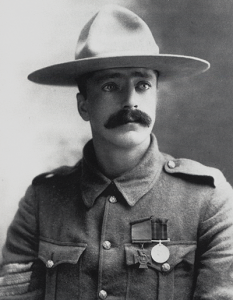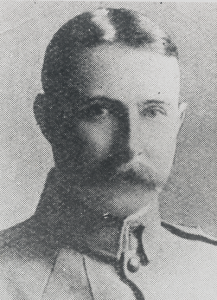On 31 May 1866 the infantry and artillery of Canada West (now Ontario) were mobilised, but not the cavalry. The cavalry units were finally mobilised on 2 June 1866 the same day that the Canadian infantry, operating without cavalry for reconnaissance and flank protection, meet the Fenians at Ridgeway. The result of the battle was a Fenian victory. In Quebec, cavalry was properly used at Pigeon Hill where they were able to rout the Fenians and chase them back across the border.
Over the years, four regular British cavalry regiments served in Canada. The last of them (13th Hussars; pictured) served the longest - 3 years in Toronto (1866-1869.) They had the greatest impact on Canadian cavalry as they ran multiple Cavalry Schools until Canada established up its own in 1883.
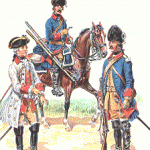
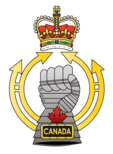
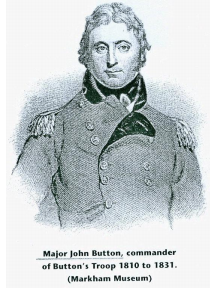
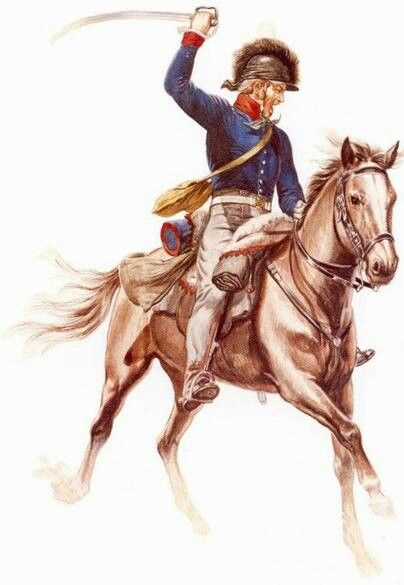
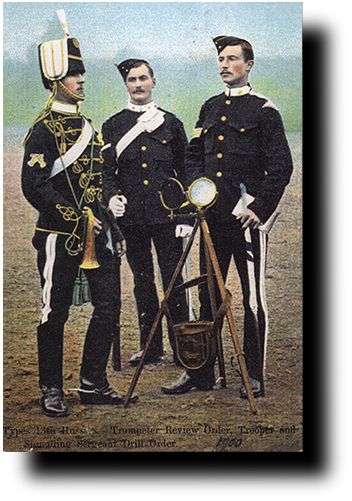
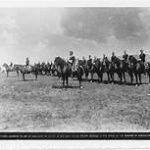
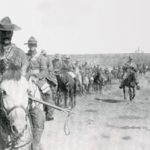
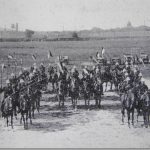

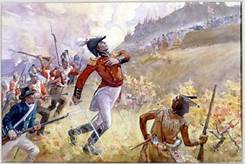 As part of a combined plan with Gen. Hull's failed attack at Detroit and Maj Gen. Dearborn's aborted attack on Montreal; Maj Gen Van Rensselaer planned to cross the Niagara river with about 6,000 regular and militia solders. The US forces began crossing the Niagara River at 4:00 AM on the 13th of October using oar powered boats. While the river was a good 200 yards wide with a noticeable current, it was not considered particular dangerous or even difficult to cross. However, elements of British forces (2 companies of British requlars and 2 companies of Militia along with 3 cannon and a mortar) had arrived in Queenston on the opposite bank and set up their artillery to oppose the US landing. While the banks themselves were very steep, they were covered with brush and trees which made them an easy climb.
As part of a combined plan with Gen. Hull's failed attack at Detroit and Maj Gen. Dearborn's aborted attack on Montreal; Maj Gen Van Rensselaer planned to cross the Niagara river with about 6,000 regular and militia solders. The US forces began crossing the Niagara River at 4:00 AM on the 13th of October using oar powered boats. While the river was a good 200 yards wide with a noticeable current, it was not considered particular dangerous or even difficult to cross. However, elements of British forces (2 companies of British requlars and 2 companies of Militia along with 3 cannon and a mortar) had arrived in Queenston on the opposite bank and set up their artillery to oppose the US landing. While the banks themselves were very steep, they were covered with brush and trees which made them an easy climb.